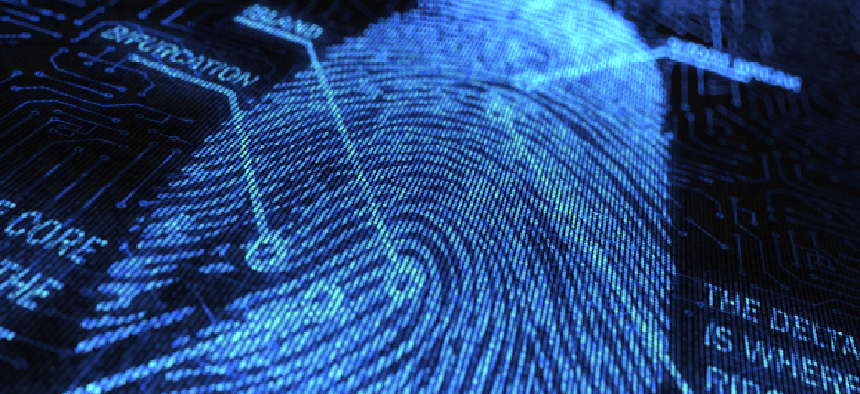Your fingerprints aren’t as unique as a snowflake. Yet.

Governments and law enforcement bodies are searching for better fingerprint capture technology, and the results of a recent contest demonstrate they may be getting closer to a solution.

Governments and law enforcement bodies are searching for better fingerprint capture technology, and the results of a recent contest demonstrate they may be getting closer to a solution.
A report by the National Institute for Standards and Technology details results from a September 2017 challenge held by the Intelligence Advanced Research Projects Activity to find more accurate (and less uncomfortable) method to capture fingerprints.
The project builds on previous work by IARPA over the past year to improve fingerprint analysis through better technology. In 2017, the agency stood up two programs: one called Odin, for detecting fake or altered fingerprints, and another, Nail to Nail [N2N], a form of contactless fingerprint analysis that has become the standard the agency is hoping to best through its prize challenge.
While the N2N program did develop a way to more accurately capture fingerprints compared to lower-tech plain impressions, it’s not exactly user friendly. In order to get an accurate capture, the operator must physically hold a subject’s finger while repeatedly rolling it on a live scan platen, a process that NIST describes as “time consuming” and “uncomfortable.”
“Compared to [Nail to Nail] impressions, plain impressions capture a limited region of the finger, resulting in less information being made available for searching with automated fingerprint identification algorithms,” the report states. “This lack of searchable information is especially detrimental in forensic applications because latent fingerprints found at crime scenes are sometimes formed from areas of the finger not imaged by a plain impression.”
That led IARPA officials to set up the challenge, canvassing eight organizations from industry and academia to develop better sensor technologies that are more seamless than N2N and perform better than plain impressions. The challenge had four separate prizes: one for logging the fastest N2N acquisition time, two for the device with the most accurate image capture and a grand prize for the best overall identification system.
Two companies – Advanced Optical Systems and Green Bit – took home the first three prizes, each worth $25,000. However, none of the solutions wound up coming close enough to match the accuracy of N2N images and as a result, no one took home the $100,000 grand prize.
The urgency for better fingerprint analysis is real. While popular culture has pushed the idea that everybody’s individual fingerprint is as unique as a snowflake, forensic scientists have increasingly raised questions about the accuracy of current technologies.
Last year the American Association for the Advancement of Science released a report concluding that any courtroom testimony or reports stating or implying that fingerprints collected from a crime scene belong to a single person are “indefensible and lack scientific foundation.” This was particularly true for latent fingerprint analysis, one of the metrics IARPA tracked through its N2N challenge.
NEXT STORY: Facebook Is Exploring a Subscription Fee





